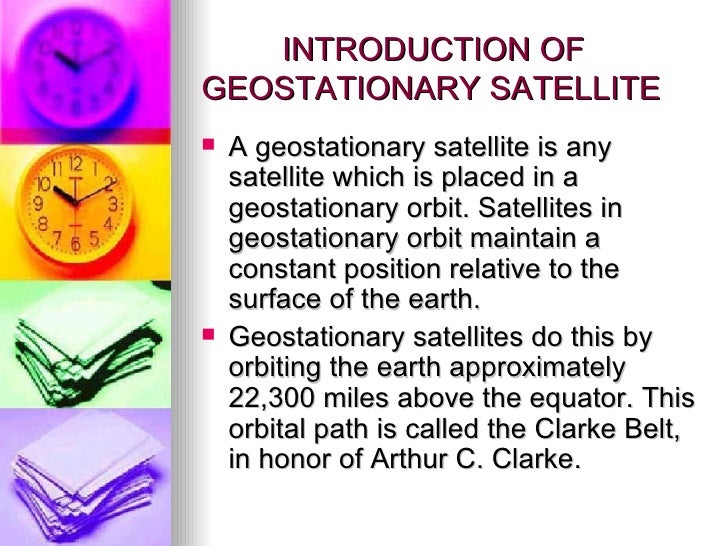If you are an observer on the ground you would see the satellite as if it s in a fixed position without movement.
Uses of geostationary satellite.
The satellite remains in the same position throughout the day and antennas can be directed towards the satellite and remain on track.
Satellite always in same position.
Get high temporal resolution data.
What are uses of geostationary satellites.
That means almost exclusively communications and broadcasting.
Tracking of the satellite by its earth stations is simplified.
This makes geosynchronous satellites particularly useful for telecommunications and other remote sensing applications.
Hence the name geostationary satellites.
Rfc 2488 written in 1999 gives several suggestions on this issue.
This improves position accuracy from approximately 5m to 1m or less.
Nesdis is part of the national oceanic and atmospheric administration noaa and the department of commerce.
Geostationary satellites can be used to augment gnss systems by relaying clock ephemeris and ionospheric error corrections calculated from ground stations of a known position and providing an additional reference signal.
These satellites are used as communication satellites and for weather based applications.
By staff writer last updated mar 27 2020 11 07 18 pm et most common geostationary satellites are either weather satellites communication satellites relaying signals between two or more ground stations and satellites that broadcast signals to a large area on the planet.
The office of satellite and product operations ospo is part of the national environmental satellite data and information service nesdis.
This means that as seen from earth these satellites will appear to be at the same spot throughout.
Direct broadcast tv communication network defence and intelligence global positioning or gps which is used for satellite navigation systems advantage.
Three such satellites each separated by 120 degrees of longitude can provide coverage of the entire planet with the exception of small circular regions centered at the north and south geographic poles.
Bgan the new global mobile communications network uses geostationary satellites.
A geostationary satellite is used whenever the cost of lugging a couple of tons of gear to 35786 km and give them hard enough a push to stay there is cheaper than equipping all ground receivers with tracking technology.

